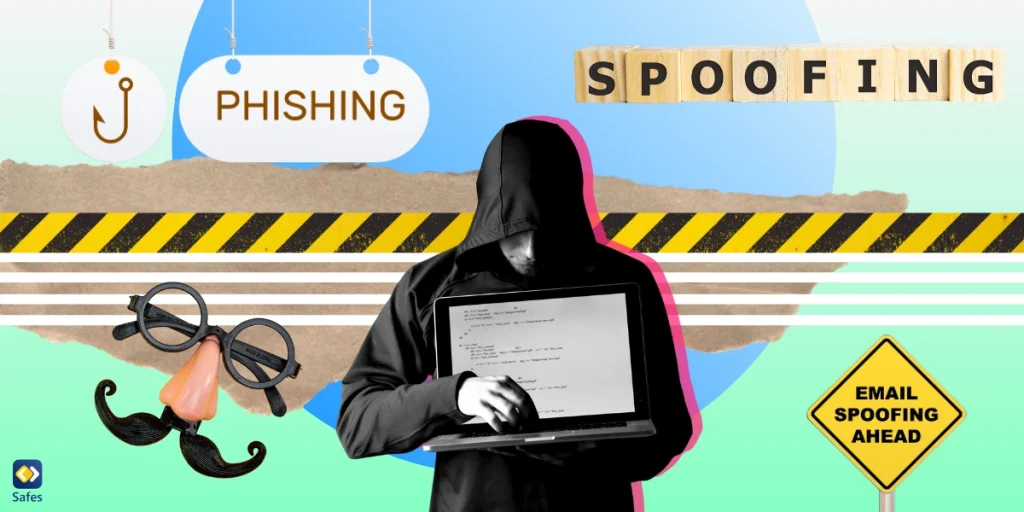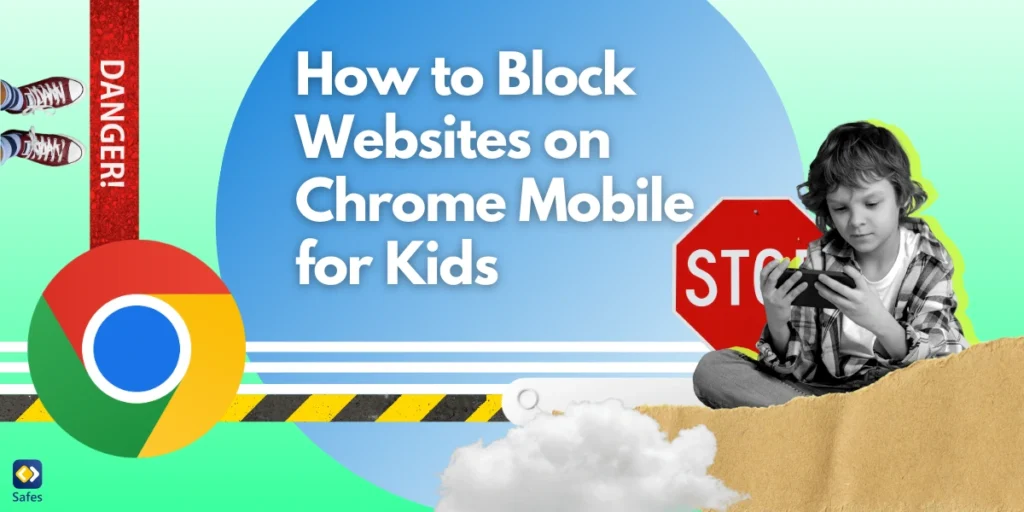Students are now commonly using digital gadgets such as phones, tablets, and computers at school. As a result, ensuring their digital safety has become a great concern for school administrators and teachers. With the increasing use of technology in the classroom, educators must take measures to protect students from potential online threats before a safety issue appears. To answer your needs, we’ve created this guide to explore key challenges and essential measures in ensuring digital safety in schools, along with the integration of a digital safety app to enhance security measures. So, read on to discover how schools can create a safe and secure learning environment for their students.
Download and Start Your Free Trial of the Safes Parental Control App
Key Challenges and Essential Measures in Ensuring Digital Safety at Schools
How can we keep technology safe in the classroom? And how can teachers help students stay safe online? These are the questions that all school administrators and educators have in mind. In the following, we will discuss the 6 most important challenges and measures to consider regarding children’s safety while using technology in an educational environment.
Cybersecurity Education and Awareness
One of the fundamental aspects of digital safety in schools is providing cybersecurity education and awareness to students. Schools must include cybersecurity lessons in their curriculum, teaching students about the risks associated with online activities and ways to protect themselves. You can empower your students to make informed decisions and navigate the digital world safely by:
- Educating them about the importance of strong passwords
- Recognizing phishing attempts
- Understanding the consequences of sharing personal information online
Strong Password Policies and Two-Factor Authentication
Implementing strong password policies is essential in mitigating the risk of unauthorized access to student accounts. You should encourage your students to create unique and complex passwords that are difficult to guess. Also enabling two-factor authentication adds an extra layer of security by requiring a second form of verification, such as a fingerprint or a unique code sent to a mobile device. Two-factor authentication helps prevent unauthorized access even if a password is compromised.
Establish a Reporting Mechanism for Incidents
Creating a reporting mechanism for students and staff to report any digital safety incidents is crucial. You should have a clear and easily accessible process for reporting cyberbullying, harassment, or any other form of online abuse at your school. By promptly addressing and investigating such incidents, you can take necessary actions to protect the victim and prevent further incidents from occurring.
Privacy Protection and Data Security
Schools must prioritize the protection of student privacy and ensure the security of sensitive data. This includes implementing strict data protection policies, using secure communication channels, and regularly updating privacy settings on online platforms used by students. Schools should also provide guidance on safe online practices, such as avoiding sharing personal information with unknown individuals or websites.
Safe Social Media and Online Communication Guidelines
Social media platforms and online communication tools play a significant role in students’ lives. So, it is essential to establish clear guidelines for safe and responsible use of these platforms at your educational center. Educating students on how to identify and respond to cyberbullying, inappropriate content, and online predators can help them navigate these platforms with caution and confidence.
Parental Involvement and Communication
Parents play a crucial role in ensuring their children’s digital safety. Schools should actively involve parents in discussions and workshops on digital safety. Providing parents with resources and guidance on monitoring online activities, setting parental controls, and engaging in open conversations about online risks can empower them to support their children in navigating the digital world.

Integrating the Digital Safety App into School Systems
To further enhance digital safety measures, schools can consider adopting a comprehensive digital safety app like Trio Education. This app offers a wide range of features designed to protect students from online threats and promote responsible digital citizenship. Let’s explore some of the key benefits of the Trio Education.
Benefits of Trio Education
Content Filtering and Monitoring: Trio Education enables schools to filter and monitor internet content accessed by students, ensuring a safe browsing experience. It allows you as the administrator to block inappropriate websites, restrict access to certain content categories, and monitor students’ online activities to detect any potential risks.
Real-time Threat Detection: The app employs advanced algorithms to detect and prevent cyberbullying, harassment, and other forms of online threats. It analyzes students’ online interactions and alerts school administrators of any suspicious activities or content, enabling swift intervention.
Digital Well-being Management: Trio Education promotes healthy technology usage by providing insights into students’ screen time, app usage, and overall digital habits. It helps schools identify potential areas of concern and implement measures to foster a balanced digital lifestyle.
Emergency Notifications: The app allows you to send emergency notifications directly to students, parents, and staff. In critical situations, such as lockdowns or natural disasters, Trio Education ensures instant communication and provides essential instructions to ensure the safety of all individuals on campus.
Educational Resources and Training: Trio Education offers a comprehensive library of educational resources, including interactive lessons and quizzes, to educate students about digital safety, cyberbullying prevention, and responsible online behavior. It also provides training materials for teachers and parents, empowering them to support students in their digital journey.
By integrating Trio Education into school systems, educators can enhance their efforts in creating a secure and nurturing digital learning environment for students.
Online Safety in Schools: Conclusion
Ensuring digital safety in schools is a collective responsibility of educators, parents, and students themselves. By implementing essential measures such as cybersecurity education, strong password policies, reporting mechanisms, privacy protection, safe social media guidelines, and parental involvement, schools can create a secure online environment. Integrating a digital safety app like Trio Education can further enhance these efforts, providing comprehensive protection and empowering students to become responsible digital citizens.
Let’s not forget, digital safety is not just a school’s responsibility but a shared commitment to creating a secure and nurturing online environment for our students.
Your Child’s Online Safety Starts Here
Every parent today needs a solution to manage screen time and keep their child safe online.
Without the right tools, digital risks and excessive screen time can impact children's well-being. Safes helps parents set healthy boundaries, monitor activity, and protect kids from online dangers—all with an easy-to-use app.
Take control of your child’s digital world. Learn more about Safes or download the app to start your free trial today!




